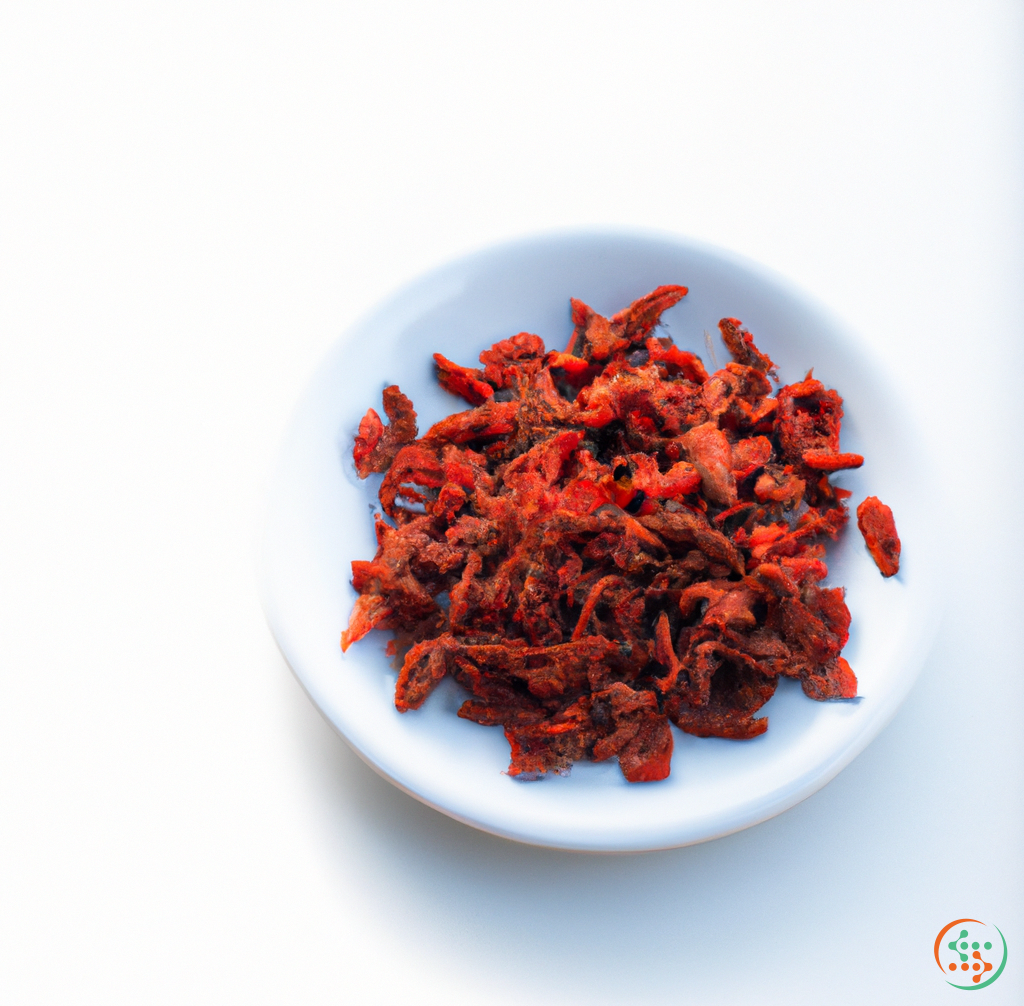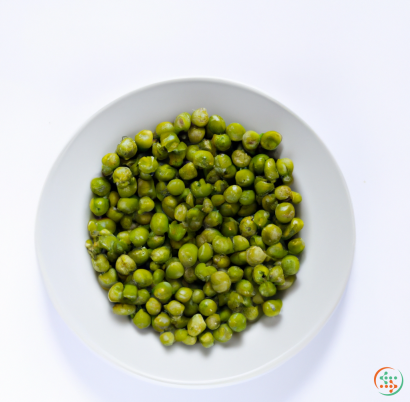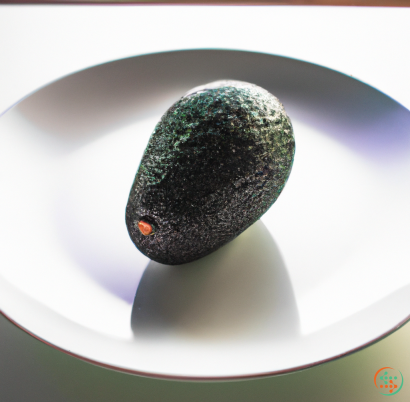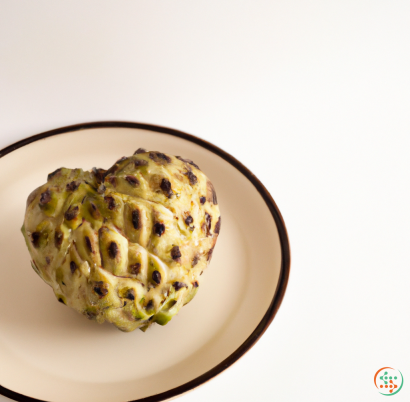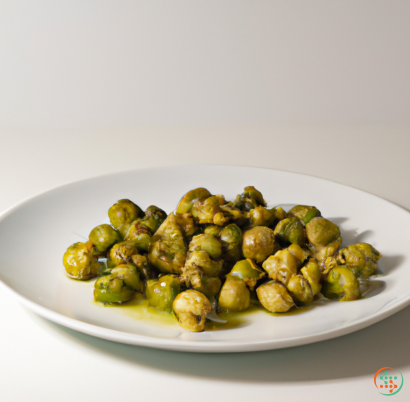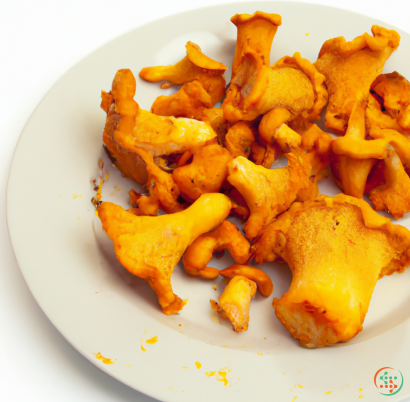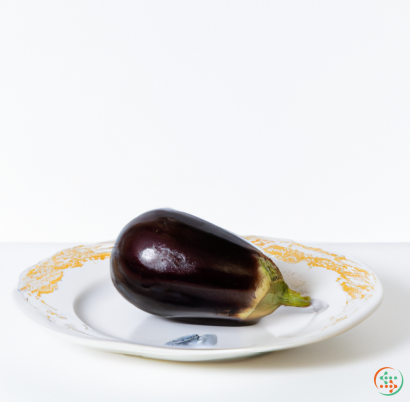Goji Berries
Goji berries, also known as wolfberries, are a small red fruit native to China, Tibet and Mongolia. Since their discovery, they have been highly regarded for their numerous health benefits. Goji berries have become a popular health food and dietary supplement in many parts of the world, including the United States.
Goji berries are a small red berry with a slightly sweet taste. The exterior is leathery, while the interior is juicy and full of tiny, edible seeds. Goji berries have been used in traditional Chinese medicine for centuries because of their numerous health benefits. Goji berries contain an exceptional amount of antioxidants, including carotenoids and flavonoids, which can help protect the body from disease and aging. They are also high in vitamins A, B, and C, as well as contain a variety of minerals, such as zinc, iron, potassium, and calcium.
Goji berries are believed to have a number of health benefits that make them much sought after, including boosting the immune system, promoting better circulation, providing protection against eye conditions, and improving joint health. Additionally, goji berries are said to be beneficial for weight loss, increasing energy and vitality, and promoting better sleep. Some research suggests that taking goji berry capsules can help reduce blood cholesterol level and blood pressure.
The high antioxidant content of goji berries helps protect the body from free radical damage, which can lead to health problems such as cancer and heart disease. Goji berries also contain anti-inflammatory compounds that help ease the symptoms of inflammatory diseases and conditions such as arthritis, asthma, and allergies. In addition, goji berries are high in fiber, which can help improve your digestion and keep your bowels regular.
Goji berries have many uses, and can be eaten fresh, dried, or in supplement form. Fresh and dried goji berries can be added to yogurt and smoothies or eaten alone as a snack. Goji berries are also available in powder form and can be easily added to shakes and smoothies. They can also be used to make herbal teas, or added to juices or soups.
Though goji berries have a variety of health benefits, they are not without risks. Goji berries can cause side effects if they are taken in large amounts, including stomach upset and nausea. They can also interact with other medications, such as blood thinners, and may cause drug interactions. It is important to talk to your doctor before taking any type of supplement.
Goji berries can be found fresh, dried, and in supplement form in many health food stores, some supermarkets, and online. When purchasing goji berries, it is important to buy those that are certified organic and free of added artificial ingredients. To maintain their freshness and potency, store them in a cool, dry place.
In conclusion, goji berries are a great addition to any diet. They are packed with health-promoting antioxidants, vitamins, and minerals, along with a variety of other health benefits. If you are considering adding goji berries to your diet, discuss it with your doctor first, and make sure to purchase organic, certified products to get the most benefit.
Goji berries are a nutrient powerhouse, providing a wide array of minerals, vitamins, and antioxidants. Known for their unique tart and sweet flavor, the berry is a favorite ingredient in smoothies and desserts. But have you ever wondered how this tasty superfruit travels from its origin in the mountainous regions of Tibet and Inner Mongolia all the way to your dinner plate? The journey is full of fascinating science, farming practices, and long-distance shipping. This article will explain the full journey of how a goji berry is created and travels to your dinner plate.
Growing Goji Berries
The first part of the goji berries journey starts with growing the berries on a farm. Goji berries grow best in warm, sunny climates in areas with limited-to-medium rainfall, with some species of goji berry requiring either a tropical or subtropical climate for cultivation. Farms for goji berry production are typically found in mountainous, semi-arid areas with elevations ranging from 1,000 to 8,000 feet, like Outer and Inner Mongolia, Nepal, Tibet, Rajasthan (India), China, and the Himalayas.
To understand how a goji berry grows, we first must look at the structure of the plant. Goji berries are actually a type of berry scientifically referred to as Lycium Barbarum or wolfberry. Goji bushes are bushy shrubs that reach about five to six feet in height, and their branches are covered with small white or yellow flowers. These flowers are then pollinated by bees, butterflies, and other insects.
Once the bush is pollinated, small green fruits will start to form. As the berry matures and ripens, it darkens to its characteristic bright red color. It takes approximately three months for a goji berry to reach maturity, although this changes depending on the variety and the climate it’s being grown in. In ideal conditions, an entire bush can yield several pounds worth of goji berries.
Farming Practices
After the goji berries are harvested, they must be carefully cared for to ensure that they reach their destination intact. To do this, farmers have adopted certain practices.
For starters, goji berries are typically not picked off of the bush until they are fully ripe. This helps ensure that all of the ripened goji berries have the same consistency and flavor.
In addition, farmers in goji berry producing countries, like China, Mongolia and India, use a number of techniques to help preserve the quality of the finished product. For example, in some regions, the berries are laid out immediately into the sun to dry, a process known as solar drying. The intention of this practice is to reduce the amount of moisture in the berries without over-drying them, which could shrink their size and damage their texture.
Sometimes, farmers take an even simpler approach: they hang the goji berries to dry on strings. This technique not only enables air flow around the berries, but it also reduces the amount of handling they get, which further helps preserve their shape and texture.
Packaging Goji Berries
After they have been dried, goji berries are sorted and packaged in bags, crates, and sacks. These packages are then loaded onto trucks and shipped to distribution centers.
From there, the goji berries can be shipped to supermarkets, grocery stores, or specialty food retailers all around the world. In order to ensure that the berries remain intact during transport, distributors typically package them in airtight bags, plastic casings, and metal cans. These packages provide a barrier against moisture, oxygen, and allergens, thus, helping to maintain their taste and texture.
Shipment of Goji Berries
International shipping of goji berries is a complex process that can involve multiple carriers, dozens of inspections, and a web of regulations. The following is a basic overview of the international goji berry shipment process.
First, the goji berries must be harvested, graded, and packed according to international standards. The berries must also be inspected by government officials who will certify them for export. Then, the berries must be shipped over land to an international port, where customs and border protection agents will inspect the shipment for any diseases, pests, or non-edible materials.
Once that process is finished, the berries can be loaded onto a container ship at the port, which will carry them across an ocean or sea to the destination port. At the destination port, the berries must be loaded off the ship, transferred to a truck, and driven to their final destination.
Eating Goji Berries
The final step in the journey of a goji berry is reaching your dinner plate. Goji berries are a versatile ingredient, and can be used in a variety of dishes, such as oatmeal, smoothies, baked goods, and salads.
When cooking with goji berries, it is important to note that they are incredibly sensitive to heat. During the cooking process, the berries can easily become mushy and discolored. To prevent this, add the berries at the very end of the recipe, so that they don’t have too much exposure to heat.
Goji berries can also be enjoyed raw, as they are incredibly tasty when eaten by themselves. The berries are usually eaten in the form of a handful, rather than in chunks.
Conclusion
Goji berries are a nutrient-packed superfruit with a delightful taste, and their journey from their native habitat to your dinner plate is filled with science and fascinating farming techniques. By understanding how goji berries are grown in the wild, packaged for shipment, and prepared for consumption, you can truly appreciate each bite you take.
| Vitamin C | 0.0484 grams |
| Calcium | 0.19 grams |
Daily Value 1.3 g
|
| Iron | 0.0068 grams |
Daily Value 0.018 g
|
| Sodium | 0.298 grams |
Daily Value 2.3 g
|
| Threonine | 0.358 grams | |
| Isoleucine | 0.261 grams | |
| Leucine | 0.456 grams | |
| Lysine | 0.233 grams | |
| Methionine | 0.087 grams | |
| Cystine | 0.144 grams | |
| Phenylalanine | 0.271 grams | |
| Tyrosine | 0.222 grams | |
| Valine | 0.316 grams | |
| Arginine | 0.722 grams | |
| Histidine | 0.157 grams | |
| Alanine | 0.698 grams | |
| Aspartic Acid | 1.711 grams | |
| Glutamic Acid | 1.431 grams | |
| Glycine | 0.304 grams | |
| Proline | 1. grams | |
| Serine | 0.498 grams |
| Total Sugars | 0.131141 grams |
per 100g
|
